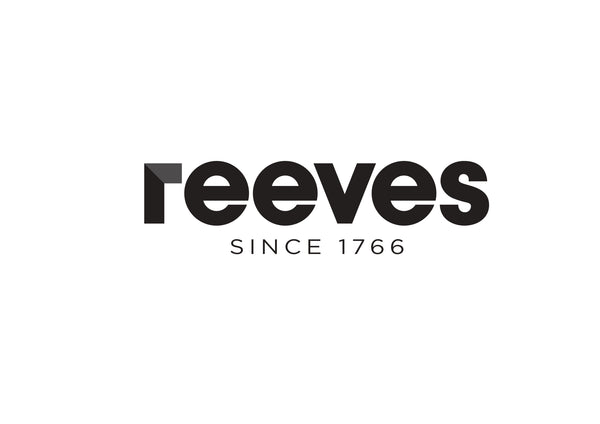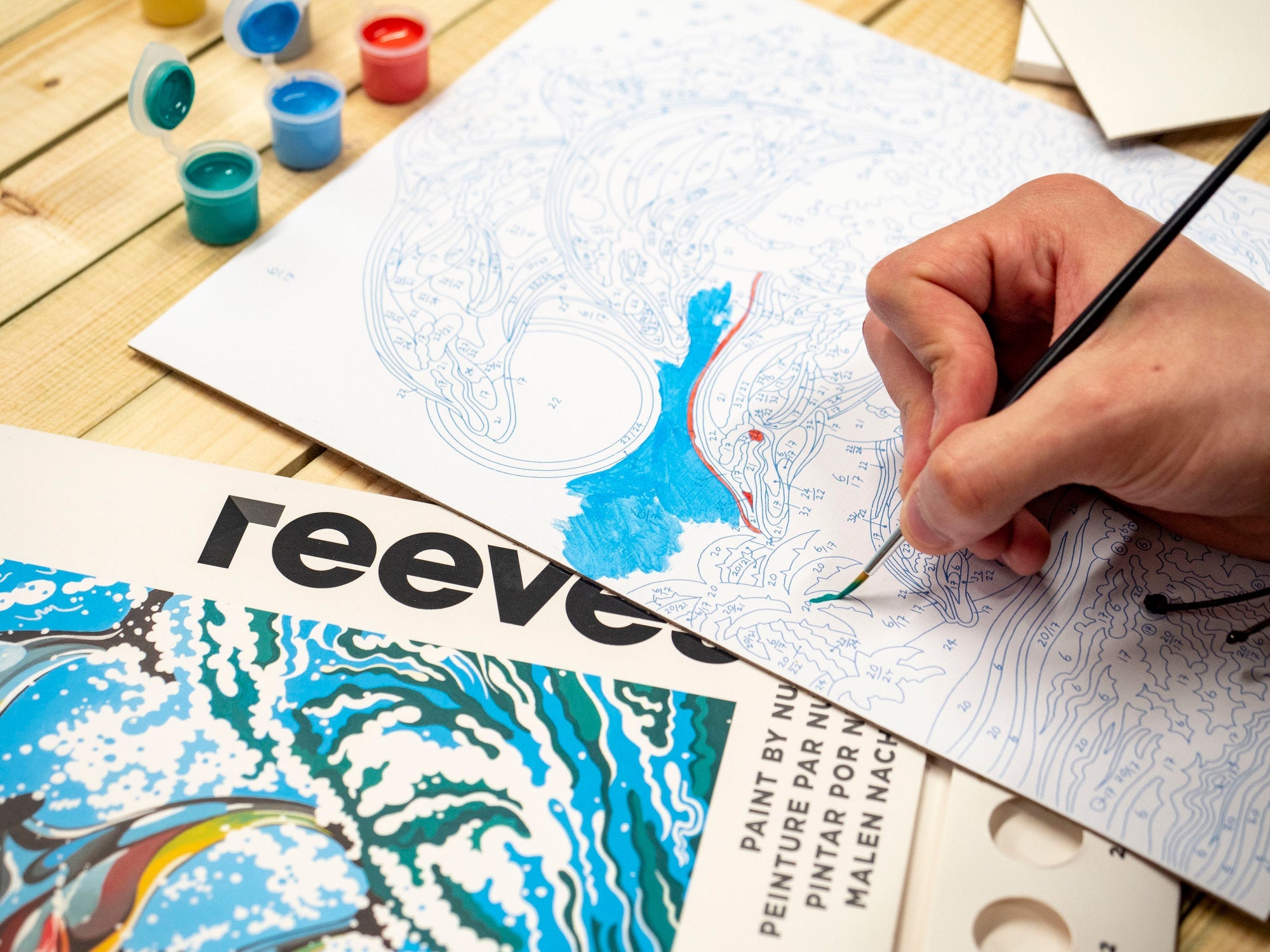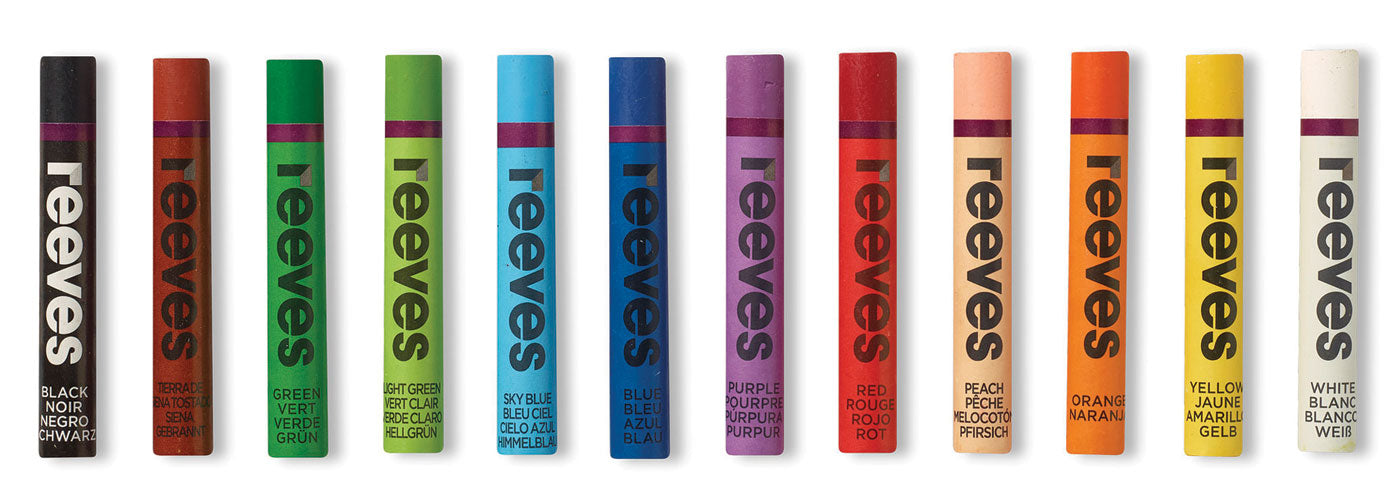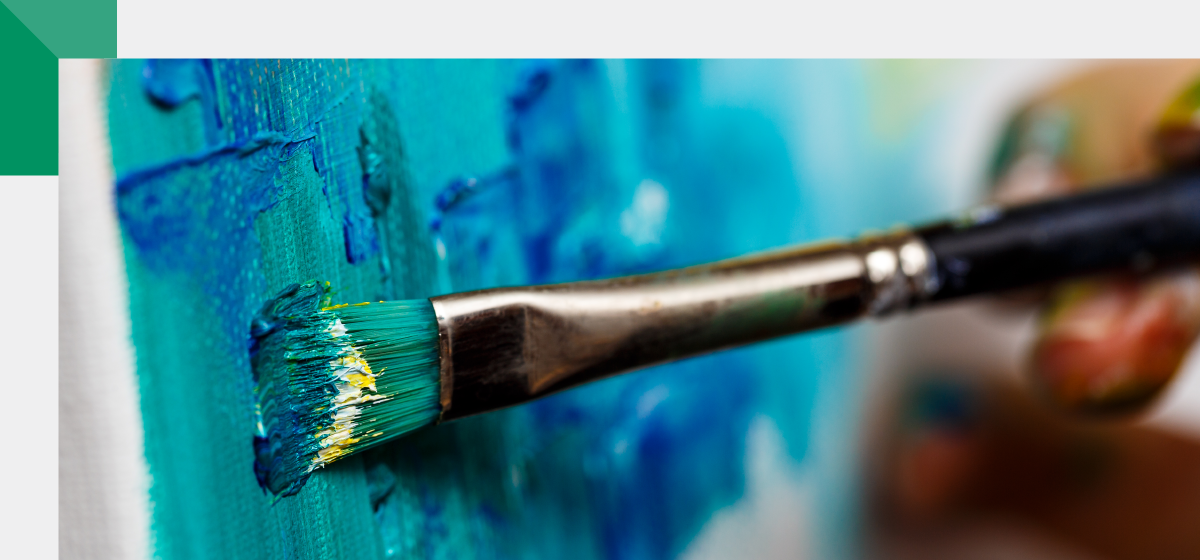Bring out your creativity and be inspired to try something totally new with gouache painting. Offering you vibrant and opaque effects, this versatile paint is often overlooked in favour of the more common watercolour, however now it could be the perfect time for you to make a foray into the world of gouache.
How to Paint with Gouache
1. Prepare Your Workspace:
- Set up a clean, well-lit area with all your materials within easy reach.
- If painting on paper, secure your paper to a flat surface to prevent warping.
2. Sketch Your Design:
- Lightly sketch your design on paper or your chosen painting surface using a pencil. Keep the lines faint so they don’t show through the gouache.
3. Mix Your Colours:
- Squeeze out a small amount of gouache onto your palette. Gouache is highly pigmented, so a little goes a long way.
- Mix your colours with q palette knife or brush. Add water gradually to achieve the desired consistency. For a more opaque look, use less water; for a watercolour-like effect, use more water.
4. Start with a Base Layer:
- Create a base to work from by covering the surface you want to paint with a layer of watered down gouache colour. Use a large, wet brush and even strokes.
5. Layer and Build Depth:
- Once the base layer is dry, start layering additional colours to add depth and detail. Gouache allows for layering without reactivating the paint underneath, unlike watercolours.
- Apply the paint in even strokes, and let each layer dry before adding another to avoid 'muddy' colors.
- Begin by painting the larger areas with colour, then the details and intricate areas.
6. Blend and Soften Edges:
- To blend colours, work while the paint is still wet. Use a clean, damp brush to gently blend the edges where two colours meet.
- For softer edges, dilute the paint with more water and apply gently.
7. Add Highlights and Details:
- Use a fine brush to add highlights and fine details once the main layers are dry.
- White gouache is excellent for adding highlights and brightening areas.
- Pay attention to light sources in your painting to make it look more realistic.
8. Correct Mistakes:
- Gouache can be reactivated with water, allowing for corrections. Use a damp brush or sponge to lift mistakes off gently.
- Apply new layers over dried ones to correct mistakes.
9. Finishing Touches:
- Review your painting and make any final adjustments. Add any final details or touches to complete your artwork.
- Let your painting dry completely. Gouache dries to a matte finish, so be careful not to smudge it while it’s drying.



